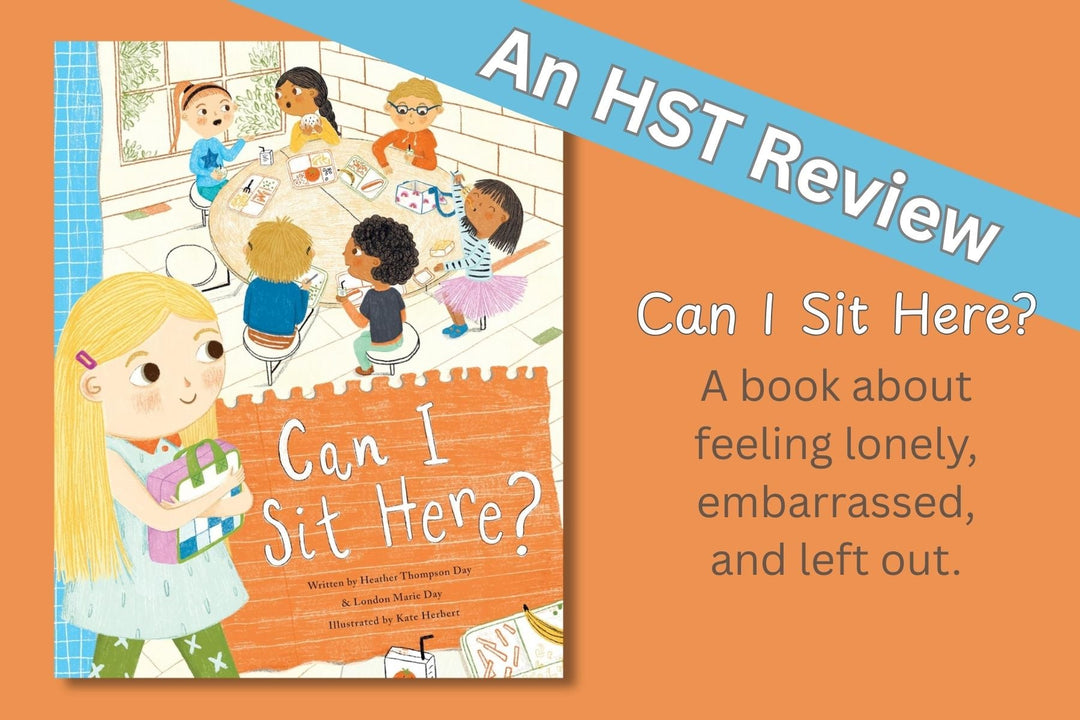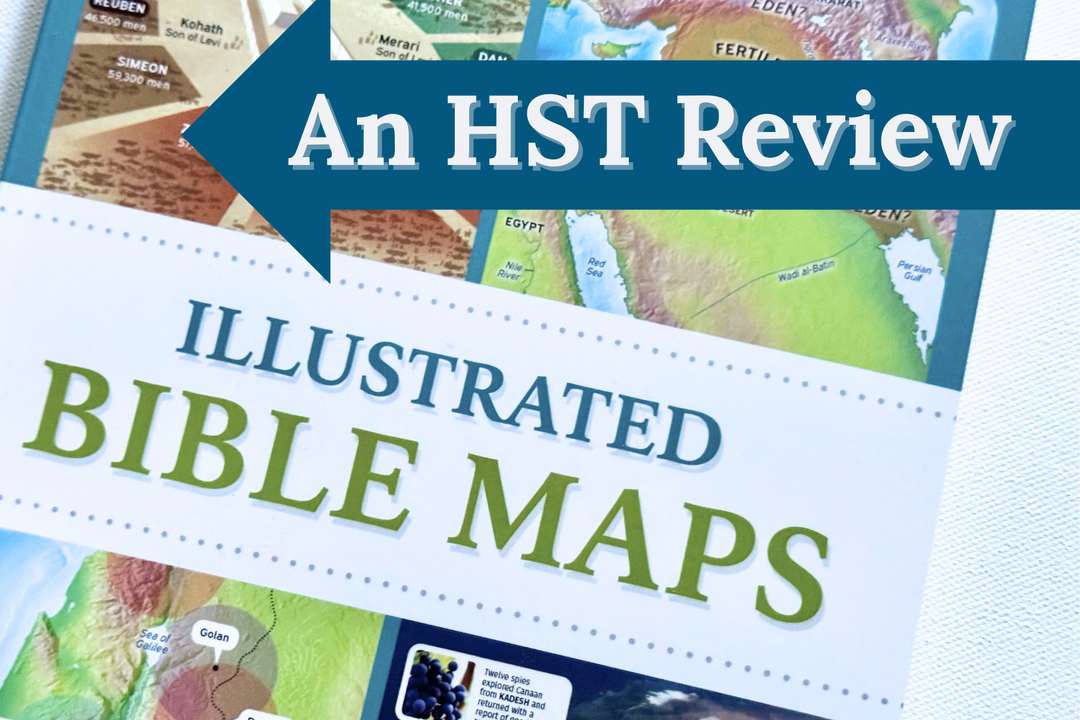Natural Learning Methods for Teaching Language Arts
Teaching Language Arts with Natural Learning Methods
The dictionary defines language arts as “the study of grammar, composition, spelling, and (sometimes) public speaking, typically taught as a single subject in elementary and middle school.” But there is a problem. Though these different areas are all a part of the study of language arts, and are often considered one “class” in a child’s school day, these skills are often taught as if they were completely different subjects with textbooks and workbooks designed to address each skill. We lose the connectedness of the subject as a whole. I like to think of the study of language arts as simply learning to communicate well in both written and verbal forms. So any language skills that are needed for good communication are a part of it. And there is one component that I believe is left out of the skills listed. Good communication requires good thinking. The truth is, poor grammar or spelling—weaknesses in any of the language skills—gets in the way of the message. But without something worth communicating, it doesn’t really matter how well it is written. Writing and thinking are intertwined. But don’t let that scare you. The tools for teaching language arts naturally help your kids to learn to think critically, write well, and speak with confidence because each child has something worth saying.The Tools for Teaching Language Arts with Natural Methods
We will be looking at each of these tools in more detail, but this is an overview of the tools used to teach language skills in a natural way.- Reading Aloud. Simply read a book to your children. Choose from a variety including fiction, non-fiction and poetry.
- Copywork. Children progress in their writing skills as they copy letters, then words and phrases, then sentences, paragraphs, and whole passages.
- Dictation. Students write down what they hear from someone who reads sentences aloud.
- Narration. Narration is a “telling back”. So after listening to someone read, children put it in their own words.
- Discussion. After reading something, talk about it. Ask questions, make predictions, look for connections. Discussion is critical in developing thinking skills.
- Presentation. Have children do something with what they are reading and learning about. Make a picture, create a notebook, give an end of the unit presentation.
__________
Kay Chance homeschooled her two sons for 15 years and is the author of the Middle School Extensions for the Trail Guide to Learning series and Content Coordinator/Social Media Manager for Homeschooling Today magazine. She has a BA in Psychology and a Masters in Library Science. She taught Language Arts in the public schools for several years before having her sons. Now that they are in college, she blogs at Heart-to-Heart Homeschooling where she encourages and equips other homeschooling moms to thrive as they nurture faith, deepen relationships, and simplify homeschooling.
Kay also designs delightfully different curriculum for homeschool groups and co-ops and is a homeschool community mentor with Courtney Messick at Your Virtual Homeschool Group by Homeschool Mastery Academy.











